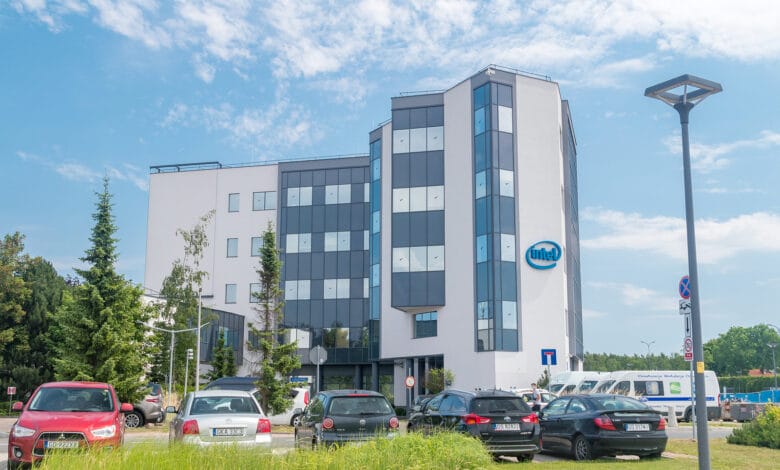
The semiconductor crisis has been raging worldwide for some time. Pretty much every industry has been affected. Accordingly, many companies can only work with the handbrake on or even have to stop production completely. But what is the best way to counteract the shortage of the globally sought-after small metal struts? Intel seems to have found a suitable solution. The renowned chip manufacturer wants to produce semiconductors itself without further ado. The company not only wants to rely on its own production, but also to become independent of the Asian market. Finally the production plants are to develop in the USA.
Intel builds a “semiconductor city”
Which whirred first as rumor by the technology Blogs, confirms now also Intel. Thus the manufacturer of valuable semiconductors would like to establish enormous factories in the USA. The company has not chosen a large city or the bastion of a metropolis as a suitable location. Instead, it wants to rely on the seclusion of “Licking County” in the state of Ohio. Construction is scheduled to start as early as the end of 2022. However, the first two production sites, which will cost a total of 20 billion US dollars to build, will not be the end of the story.
Intel says it plans to invest almost 100 billion US dollars in the coming years. However, the general conditions, such as appropriate government subsidies, must be right. Should this be the case, Intel seems to be building a gigantic “semiconductor city” “in the middle of nowhere” without further ado. A total of eight factories are then to be located on an area of just under 20 km². If the pilot project in the USA proves successful, Intel already seems to be “eyeing” further potential production sites in Europe. Germany in particular comes into question as a suitable location.
Completion in the USA by 2025
If Intel’s plans work out, the “assembly lines” in Ohio should start rolling as early as 2025. Production should then focus not only on state-of-the-art semiconductors for Intel itself, but also third-party companies. After all, the growing demand for semiconductors has not bypassed the chip manufacturer. However, Intel has not made a big name for itself as a semiconductor manufacturer, but as a producer of powerful processors. It is therefore hardly surprising that the groundbreaking “18A processor” is to be produced in the factories.
This is supposed to revolutionize the CPU sector by manufacturing in the 2 nanometer process. Of course, this all sounds very ambitious and a bit crazy in view of the remote location in the middle of Ohio. Such remoteness can lead to serious consequences, especially in case of supply problems. In order to avoid damages caused by power failures or the like, the chip manufacturer would actually have to set up its own power plant. However, there are currently no corresponding plans.
Made in USA
So far, a great many U.S. companies still rely on production in Asia. In particular, the large factories in China are considered a lucrative way to produce cheaply, but also reliably. But the point of reliability no longer really seems to count as an argument. After all, the fronts between the U.S. and China are increasingly hardening. Dependence on the Middle Kingdom also regularly proves to be a major disadvantage, as the current semiconductor crisis once again proves. Intel’s move to relocate production to western climes should probably provide more security again. After all, this step makes the company less dependent on China. But not only that. On top of that, Intel should benefit from the fact that other companies also prefer to use chip technology manufactured in the US. We are curious whether the plan will work out.
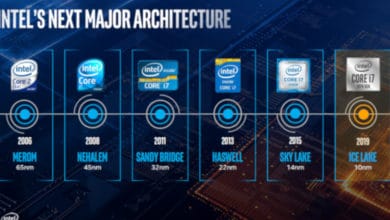
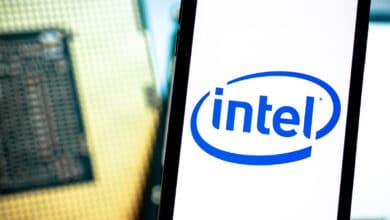
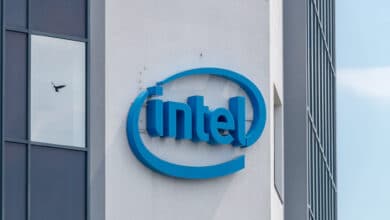
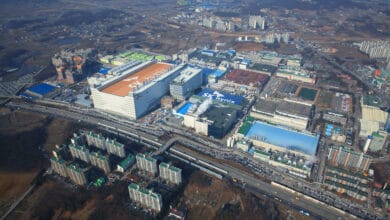
No replies yet
Neue Antworten laden...
Neues Mitglied
Beteilige dich an der Diskussion in der Basic Tutorials Community →